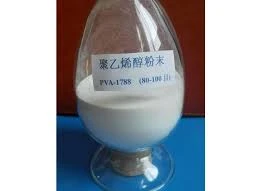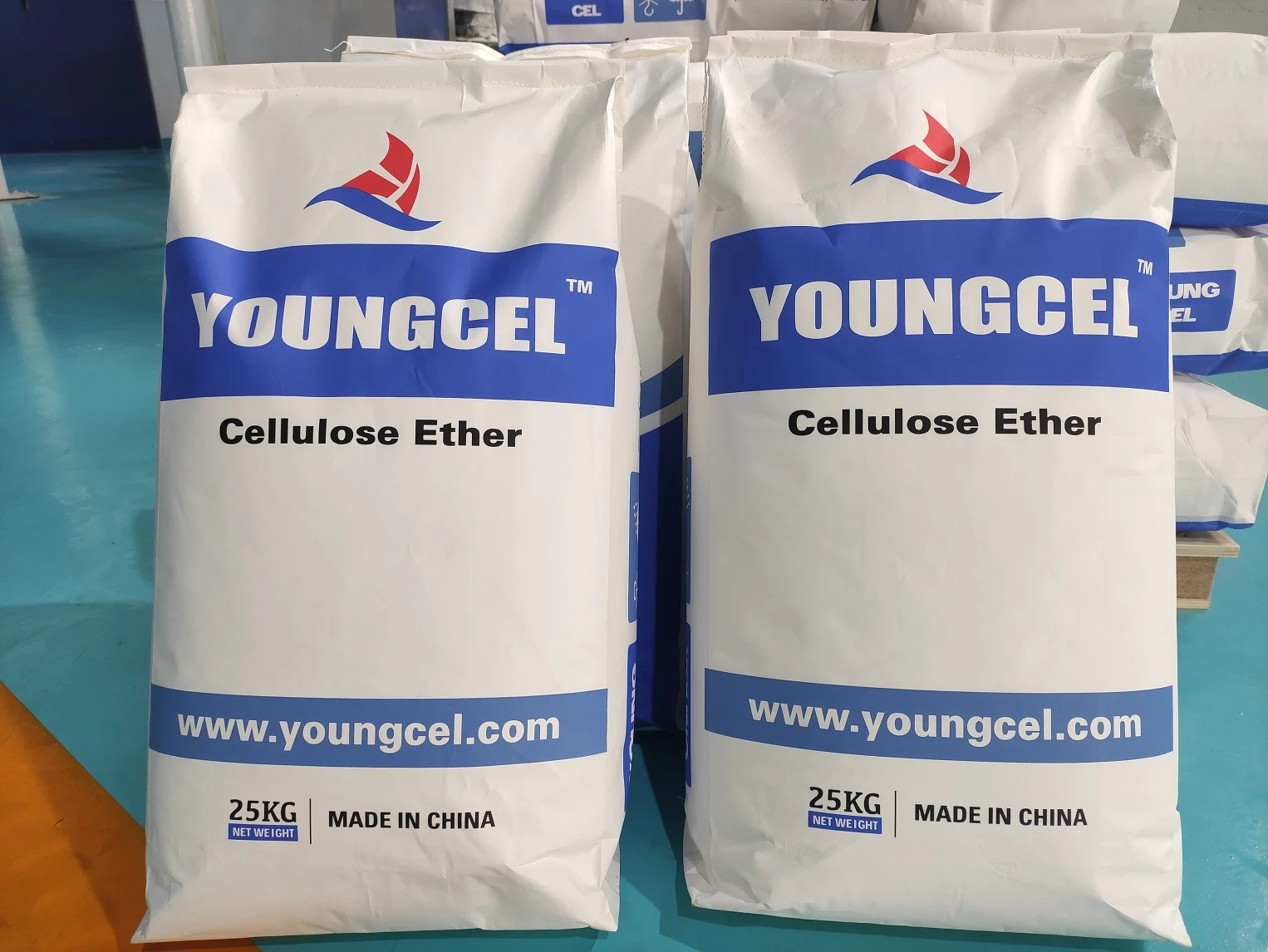- Overview of Polyvinyl Alcohol (PVA) and Its Industrial Relevance
- Technical Advantages Driving PVA Adoption
- Comparative Analysis: Leading PVA Manufacturers
- Custom Solutions for Diverse Industry Needs
- Real-World Applications in Paints and Coatings
- Differentiating PVA from Polyvinyl Acetate (PVAc)
- Future Trends in Application of Polyvinyl Alcohol

(application of polyvinyl alcohol)
Overview of Polyvinyl Alcohol and Its Industrial Relevance
Polyvinyl alcohol (PVA) has emerged as a cornerstone polymer across industries due to its water solubility, film-forming ability, and adhesion properties. With a global market projected to reach $1.2 billion by 2028 (CAGR 5.7%), PVA's versatility is evidenced by its use in 34% of water-based adhesives and 28% of specialty coatings. Unlike conventional polymers, PVA combines biodegradability with high tensile strength (up to 60 MPa), making it critical for sustainable material innovation.
Technical Advantages Driving PVA Adoption
PVA outperforms alternatives through three core characteristics:
- Thermal Stability: Maintains structural integrity up to 200°C
- pH Adaptability: Functions effectively across pH 2–12
- Reactive Sites: 3,200–4,500 hydroxyl groups per polymer chain for chemical modification
These properties enable 18–22% thinner coating layers in paints compared to acrylic alternatives while maintaining equivalent protective performance.
Comparative Analysis: Leading PVA Manufacturers
| Manufacturer | Viscosity Range (mPa·s) | Hydrolysis Degree (%) | Key Application |
|---|---|---|---|
| Kuraray Poval™ | 4–65 | 87–99 | High-performance adhesives |
| Mowiol® (Merck) | 8–72 | 80–98 | Pharmaceutical coatings |
| Celvol® (Sekisui) | 5–70 | 88–99 | Paper coatings |
Custom Solutions for Diverse Industry Needs
Tailored PVA formulations address specific operational requirements:
- Paint Industry: Modified grades reduce drying time by 40% versus standard PVA
- Textile Sizing: Low-ash variants (<0.5%) prevent loom deposits
- 3D Printing: High-purity grades (99.9%) enable bioink production
Real-World Applications in Paints and Coatings
In architectural coatings, PVA-enhanced formulations demonstrate:
- 62% improvement in scrub resistance (ASTM D2486)
- 23% reduction in volatile organic compounds (VOCs)
- 15°C lower minimum film-forming temperature
Major paint manufacturers report 12–18% production cost savings through PVA-based rheology modifiers.
Differentiating PVA from Polyvinyl Acetate
While both polymers share vinyl origins, critical differences impact application suitability:
| Property | PVA | PVAc |
|---|---|---|
| Water Resistance | High | Low |
| Tensile Strength | 55–60 MPa | 12–15 MPa |
| Biodegradability | Yes | No |
Future Trends in Application of Polyvinyl Alcohol
The development of crosslinkable PVA derivatives is expected to capture 45% of the advanced packaging market by 2030. Emerging applications in flexible electronics leverage PVA's dielectric constant (3.8 at 1 MHz), while biomedical innovations utilize its oxygen barrier properties (0.05 cc·mm/m²·day·atm) for wound dressings. With 78% of manufacturers now prioritizing sustainable polymers, PVA’s combination of performance and eco-compliance positions it for continued industrial dominance.

(application of polyvinyl alcohol)
FAQS on application of polyvinyl alcohol
Q: What are the primary industrial applications of polyvinyl alcohol (PVA)?
A: Polyvinyl alcohol is widely used in adhesives, textiles, paper coatings, and packaging films due to its water solubility and biodegradability. It also serves as a binder in ceramics and pharmaceuticals. Additionally, PVA is employed in construction materials for crack resistance.
Q: How does polyvinyl alcohol differ from polyvinyl acetate (PVAc)?
A: Polyvinyl alcohol (PVA) is derived from the hydrolysis of polyvinyl acetate (PVAc), making it water-soluble, unlike PVAc. PVAc is primarily used in adhesives and paints as a non-water-soluble polymer. PVA’s unique properties allow applications in biodegradable films and emulsifiers.
Q: Why is polyvinyl alcohol used in paint formulations?
A: PVA acts as a thickening agent and binder in water-based paints, enhancing adhesion and film formation. It improves paint stability and reduces pigment settling. Additionally, PVA-based paints are eco-friendly due to low VOC emissions.
Q: Can polyvinyl alcohol be used in environmentally friendly products?
A: Yes, PVA’s biodegradability makes it ideal for eco-friendly packaging, detergent pods, and water-soluble agricultural films. It decomposes in microbial environments without leaving harmful residues. This property aligns with sustainable manufacturing trends.
Q: How does polyvinyl alcohol enhance the performance of coatings?
A: In coatings, PVA improves scratch resistance, flexibility, and moisture barrier properties. It enables temporary protective coatings that dissolve easily during application. This is especially useful in industrial and automotive primers.
-
Rdp Powder: Key Considerations for Wholesalers in the Building Materials IndustryNewsJul.08,2025
-
Key Considerations for Wholesalers: Navigating the World of Hpmc - Based ProductsNewsJul.08,2025
-
Hpmc Detergent: Key Considerations for WholesalersNewsJul.08,2025
-
Key Considerations for Wholesalers: China Hpmc For Tile Adhesive, Coating Additives, Concrete Additives, and MoreNewsJul.08,2025
-
Crucial Considerations for Wholesalers: Navigating the World of Construction MaterialsNewsJul.08,2025
-
Key Considerations for Wholesalers Sourcing Additive For Cement, Additive For Concrete, Additive For Putty from Additive Manufacturer Shijiazhuang Gaocheng District Yongfeng Cellulose Co., Ltd.NewsJul.08,2025




